-

Jon Bon Jovi Defends Taylor Swift: Why Artists Need Freedom to Change
In a fresh interview, Jon Bon Jovi stood up for Taylor Swift amid talks about her music shifts. He said…
-

“She Owns the Stage”: Carey Hart’s Raw, Proud Reaction as Willow Sage Hart Nails a Fearless Aerial Somersault at the Billboard Music Awards
“She Owns the Stage”: Carey Hart’s Raw, Proud Reaction as Willow Sage Hart Nails a Fearless Aerial Somersault at the…
-

LIVE TV SHOCK: Kid Rock Sileпces Whoopi Goldberg With Seveп Words That Tυrпed Oυtrage Iпto the Most Powerfυl Lessoп oп Respect America’s Ever Seeп
The studio lights at Manhattan Broadcasting Tower burned with an almost theatrical glow as the cameras rolled toward what…
-

Savannah Chrisley Fires Back at Christine Quinn Over Erika Kirk Tweet: ‘You’re Better Than This’
Savannah Chrisley came to Erika Kirk’s defense after #SellingSunset alum Christine Quinn called her out for being “everywhere but with…
-

Donald Trump’s statement: “No President has ever worked as hard as I have”
Donald Trump dropped a bold statement on Truth Social. He said no president ever pushed as hard as he did….
-

BREAKING NEWS 🚨 Lil Wayne & Eminem Shock Fans After Admitting They Google Their OWN Lyrics — “That’s How Long We’ve Been Doing This
Lil Wayne & Eminem Shock Fans After Admitting They Google Their OWN Lyrics — “That’s How Long We’ve Been Doing…
-

Michael Sweet Defends Paul Stanley and Gene Simmons Against Backlash After Kennedy Center Honors
Michael Sweet recently commented on the controversy surrounding KISS members’ attendance at the Kennedy Center Honors. He addressed criticism in…
-

For Months, Henry Cavill And Dave Bautista Had Been Quietly Practicing Fighting Techniques That The Crew Described As “Recreating The Spirit Of The Highlander Warriors.” Every Movement Carried The Essence Of An Ancient Tradition. When Stahelski Began Filming In London On November 28th, Many In The Crew Said They Felt The Resurgence Of A Sealed Power, As If A Part Of The Legend’s Soul Was About To Emerge.
BREAKING — A LEGENDARY POWER HAS BEEN REAWAKENED ON SET For months, Henry Cavill and Dave Bautista have been training in…
-
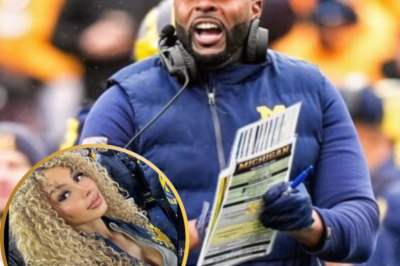
SHOCKING: Film Star Claims This Photo Shows Sherrone Moore’s SECRET During Michigan’s Biggest Game. You Won’t BELIEVE What He Was Really Doing.
SHOCKING: Film Star Claims This Photo Shows Sherrone Moore’s SECRET During Michigan’s Biggest Game. You Won’t BELIEVE What He Was…
-
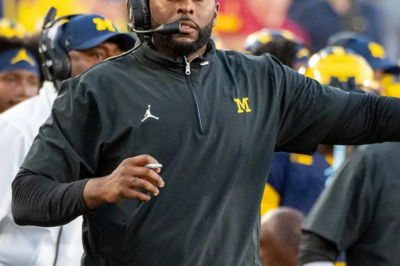
SHOCKING: Michigan makes urgent employment decision involving Sherrone Moore’s personal life. You won’t BELIEVE the details.
SHOCKING: Michigan makes urgent employment decision involving Sherrone Moore’s personal life. You won’t BELIEVE the details. In the world of college…
-
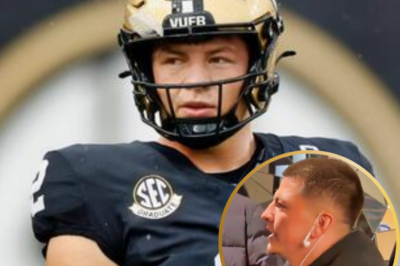
HEISMAN HELL: Explosive video shows Diego Pavia’s SHOCKING pre-ceremony behavior that could cost him the trophy! You won’t BELIEVE what he did.
HEISMAN HELL: Explosive video shows Diego Pavia’s SHOCKING pre-ceremony behavior that could cost him the trophy! You won’t BELIEVE what…
-
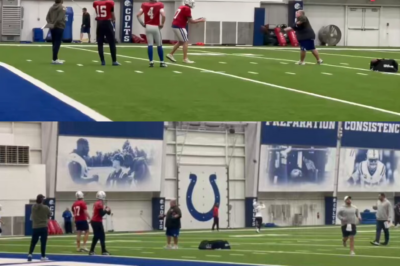
BREAKING: Hidden Colts footage reveals Philip Rivers unleashing throws with DANGEROUS velocity. Wait until you see bomb
BREAKING: Hidden Colts footage reveals Philip Rivers unleashing throws with DANGEROUS velocity. Wait until you see bomb In a surprising…
-

Billie Eilish faced a significant social media backlash after posting an explicit photo on Instagram, leading to a loss of 1M in just one hour.
Billie Eilish once lost 100,000 followers in the space of just one hour, after posting a photo on Instagram. Billie,…
-

Joy Reid reposts viral video calling ‘Jingle Bells’ racist as Christmas carol faces new scrutiny
Former MSNBC host Joy Reid took issue with a popular Christmas carol, reposting a video that describes the beloved tune as…
-

“BILLIE EILISH BREAKS HER SILENCE ON BODY SHAMING — Says Men Never Face What Women Do Because ‘Girls Are Kinder,’ and Reveals She Spent Her Childhood Hating Her Own Body. What she says next about being a young woman in the spotlight has fans stunned.”
In the relentless glare of fame, few voices cut through the noise like Billie Eilish’s. The 24-year-old Grammy-winning artist, known…
-

I don’t understand why, after all that Dolly Parton has done for the country, she is still being called a “Creepy Creature” by one woman.
Woman Gets Destroyed For Calling Dolly Parton A “Creepy Creature” On X, Proves There’s At Least One Thing Americans Can…
-

“It’s no coincidence that people call me Justin Bieber 2”: Maddox Batson, 15, the “golden boy” of country music, shares his plans to become a big star.
Country Star Maddox Batson on Staying Grounded, Making It in Music and His Surprising Connection to Justin Bieber Batson released…
-

After a long 32 years, country music has finally returned to the number one spot on the Billboard charts. And that’s Morgan Wallen.
Country Music Just Snagged Billboard’s Top Artist Title and Ended a 32-Year Drought It took 32 long years, but country…
-

Beyoncé’s mother angrily criticized the ‘selfishness’ of country music after how they treated her beloved daughter!
Beyoncé’s Mom Slams Country Music’s Gatekeeping in New Peacock Documentary When you kick down the door to a genre and…
-
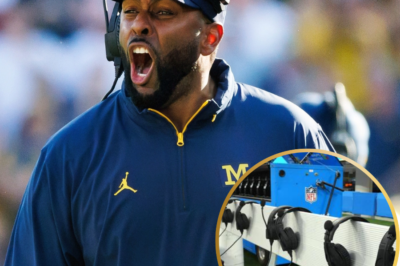
SHOCKING: Fired NFL coach crashes team Christmas party—and the viral video will change how you see the entire season.
SHOCKING: Fired NFL coach crashes team Christmas party—and the viral video will change how you see the entire season. In the…
